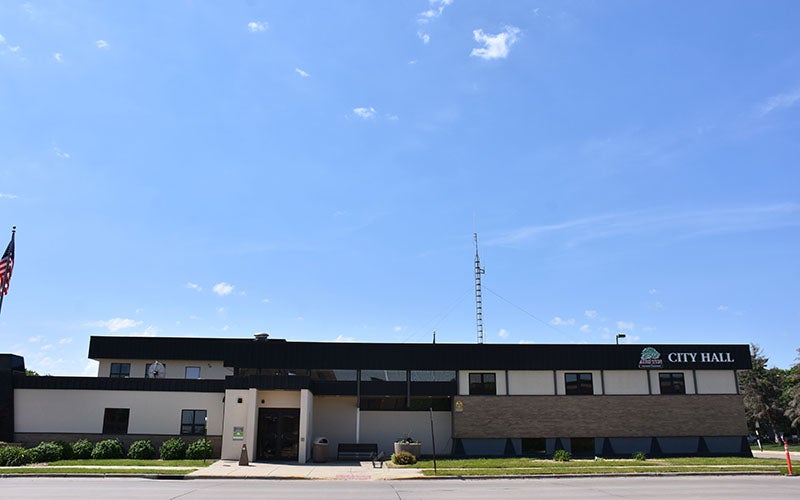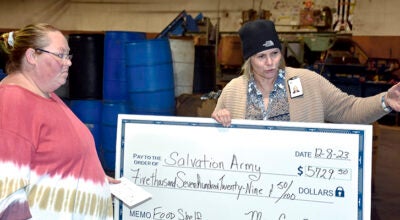County OKs next step of redesign
Published 10:01 am Wednesday, September 12, 2012
Commissioners shift goals with smaller human services merger plan
Mower County is moving ahead on a potential four-county merger in Human Services — at least for now.
The county board voted 5-0 to be the first county to approve the next phase of the Southeastern Minnesota Human Service Redesign. Steele and Dodge counties also voted to move ahead with the next phase. Waseca County is slated to vote Sept. 18.
“I think that the system needs to be modernized, and we can’t continue to do what we’ve done in the past,” Commissioner Ray Tucker said.
The commissioners voted to move ahead, even though it’s not the project they’d originally envisioned. The original 12-county Southeastern Minnesota Human Services Redesign could have saved about $60.6 million over the next five years, according to consultant Accenture.
“The original intention was always to try and save money,” said Bennett, who added he supported that model because of the projected savings.
But with most of the counties out, those savings are gone and the redesign has taken on a new purpose. Mike Ankeny and Jerry Reinartz said they now hope the merger will stop or at least limit increases to Human Services costs.
“We just can’t sustain these increases year in and year out,” Reinartz said.
Bennett and Ankeny said the merged counties will also have an easier time meeting state performance guidelines and avoiding fines for missing the mark. Commissioners also fear the state will force counties of less than 55,000 population that don’t meet performance guidelines to merge later. Commissioners have said they’d rather join forces with other counties on their own terms.
The smaller county model has its positives, according to Tucker. The four counties involved have similar interests and needs, and Tucker said he’s hoping improved efficiencies will lead to savings. With a large group, Tucker said, it would have been more difficult to reach a consensus.
“I think we’ll have a good working relationship with those guys,” he said.
While county officials said each county will almost certainly maintain a presence in its local office, certain specialized services — like adoptions — will be localized in one county.
The 12-county model also could have led to 180 to 200 fewer jobs across the 12 counties; however, Oscarson said officials planned to make the cuts through attrition over the course of three to five years instead of layoffs. A few job reductions are still possible, according to Oscarson, but on a much smaller scale and likely only in specialized departments.
The next phase is mobilization, which Oscarson described as a planning phase to identify decisions and questions. The phase will cost about $160,000 — half of which is being paid by the Bush Foundation — and will last about three months. The counties will again have to vote to move into the cross-functional detailed design phase, where much of the heavy lifting and key decisions will be addressed. It would take three to five years before the counties are fully merged.
So far, most of the money spent on the redesign has been private dollars through the Bush Foundation, according to Bennett.
County Coordinator Craig Oscarson said Mower has paid about $11,000 into the redesign so far, which doesn’t include staff time.




